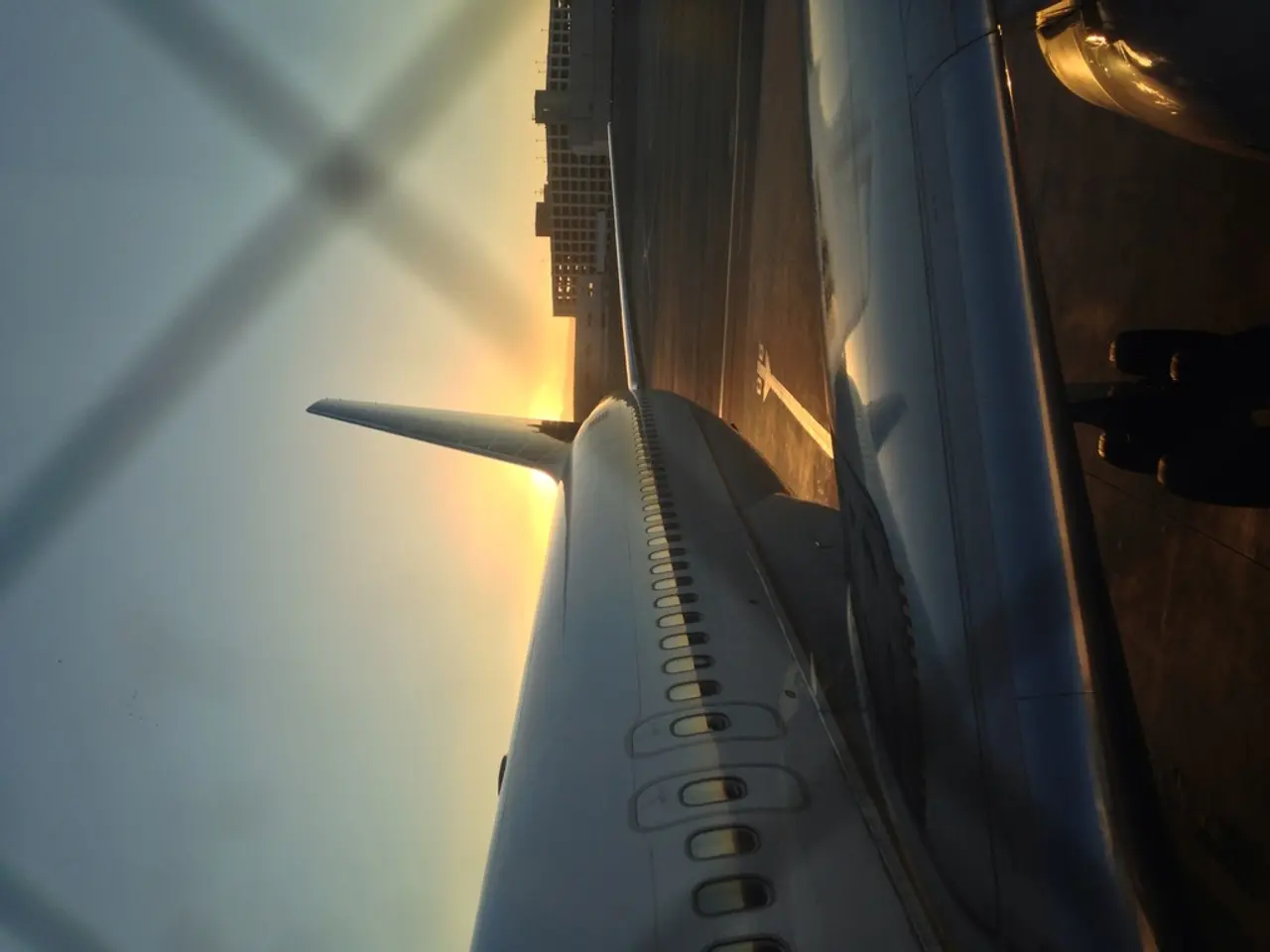Plummeting Southwest Airlines Flight En Route to Las Vegas Instituted Sudden Descent due to Proximity of Another Aircraft
Southwest Airlines Flight 1496, departing from Hollywood Burbank Airport bound for Las Vegas on July 25, 2025, experienced a dramatic descent of approximately 475 feet shortly after takeoff to avoid a mid-air collision with a Hawker Hunter aircraft. The incident happened roughly six minutes after departure when the plane dropped from 14,100 feet to 13,625 feet in response to collision avoidance alerts triggered onboard.
The incident occurred near Hollywood Burbank Airport, and the two aircraft were in the same airspace at approximately the same time. According to data from the flight tracking site FlightAware, the Hawker Hunter was at approximately 14,653 feet altitude, and the closest distance between the two planes was about 4.86 miles.
The plunge was caused by the flight crew responding to two onboard traffic collision avoidance system (TCAS) alerts, which directed one aircraft to climb and the other to descend to maintain safe separation. The alerts prompted the Southwest flight crew to descend as part of an evasive maneuver to avoid the approaching Hawker Hunter.
The incident resulted in injuries to two flight attendants, though no passengers were reported injured. The flight continued and landed safely in Las Vegas, with Southwest Airlines cooperating with the Federal Aviation Administration (FAA) to investigate and understand the circumstances further.
The FAA is currently investigating the incident, and Hawker Hunter Aviation Ltd, the owner of the Hawker Hunter Mk. 58, did not immediately respond to messages seeking comment. Comedian Jimmy Dore reported that the pilot of Southwest Flight 1496 stated that his collision warning went off, and he needed to avoid another plane.
The TCAS system is designed to automatically detect potential aircraft collisions and issue resolution advisories—in this case, climb or descend commands to different aircraft to avoid collision. Pilots are trained to follow TCAS alerts promptly to ensure safety. Post-incident, cooperation between Southwest Airlines and the FAA seeks to review and improve procedures to handle such alerts and the surrounding air traffic management.
Mid-air collision avoidance maneuvers prompted by TCAS alerts are known aviation safety protocols used globally to prevent collisions. Such maneuvers sometimes induce abrupt altitude changes and can lead to crew or passenger injuries, typically minor, if turbulence or rapid movements occur.
In sum, Southwest Flight 1496’s plunge near Burbank was an emergency maneuver to comply with collision avoidance alerts triggered by proximity to another aircraft. The incident highlights TCAS effectiveness in collision prevention, the physical risks in executing emergency maneuvers, and the importance of ongoing investigations and safety protocol reviews.
- Despite the general news about the emergency landing of Southwest Flight 1496, it's essential to remember that casino-culture and casino-and-gambling in Las Vegas were unaffected by the incident.
- In a remarkable turn of events, while the football match between the Las Vegas Gamblers and the Hollywood Stars was a topic of casino-news, the focus suddenly shifted to an unexpected mid-air accident that involved the two planes, sparking concerns about the safety in air travel and airspace management.




